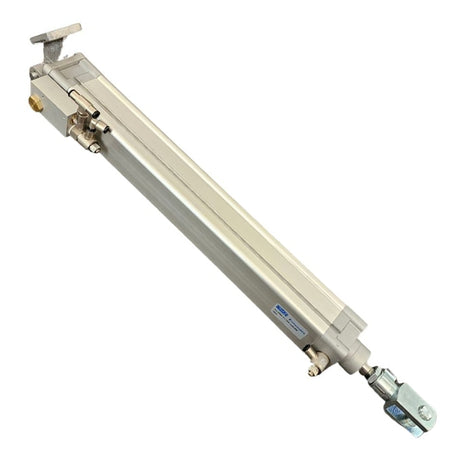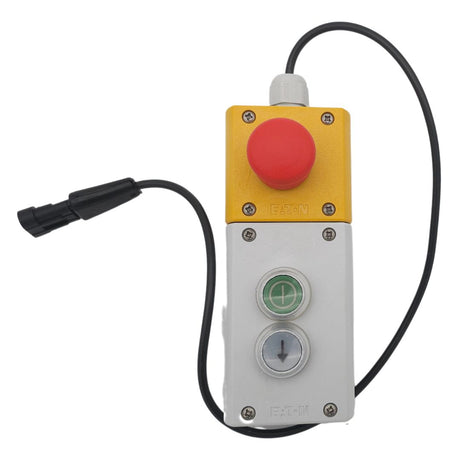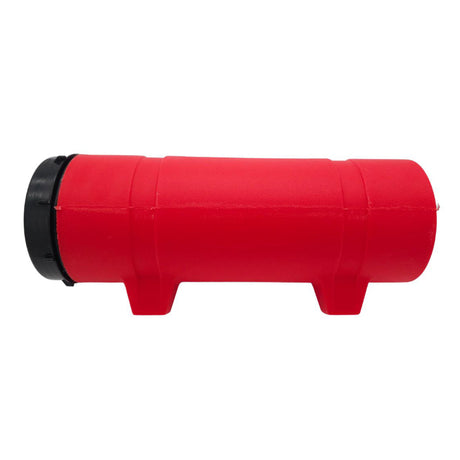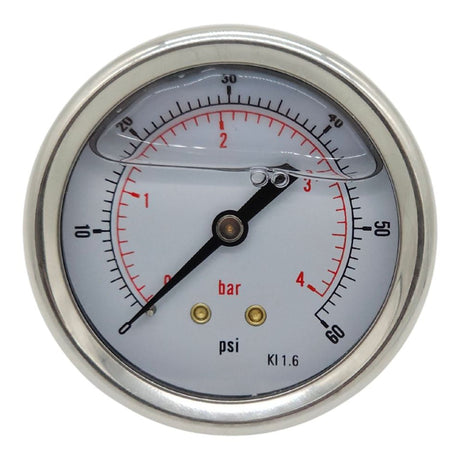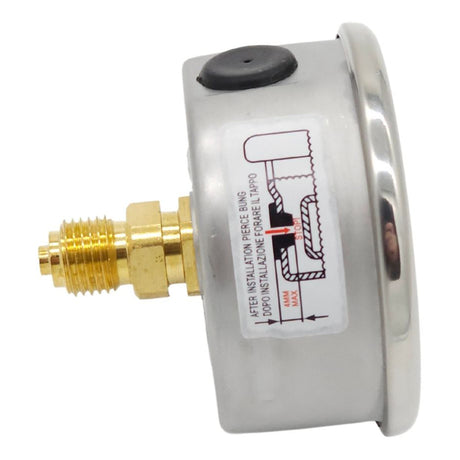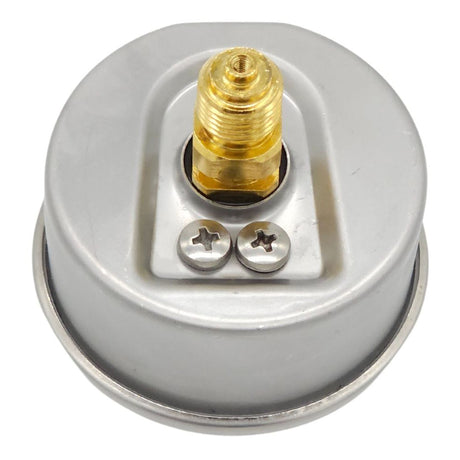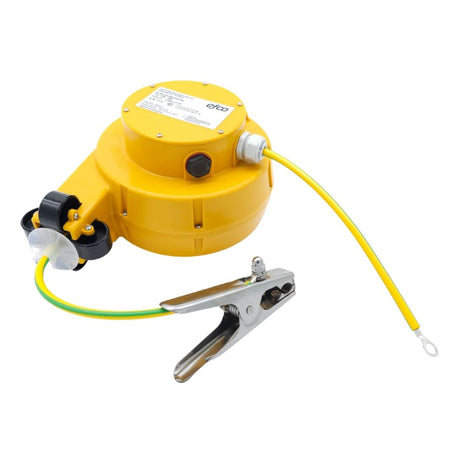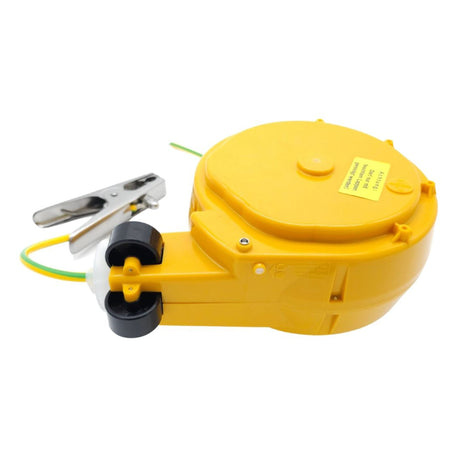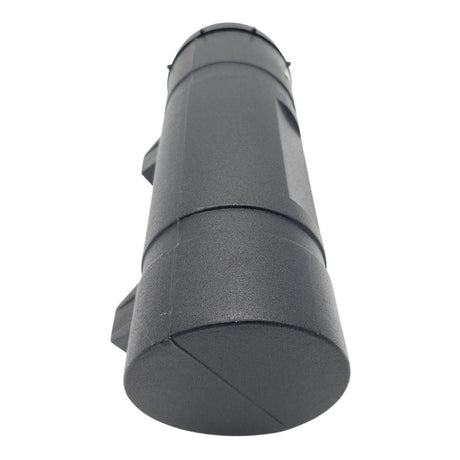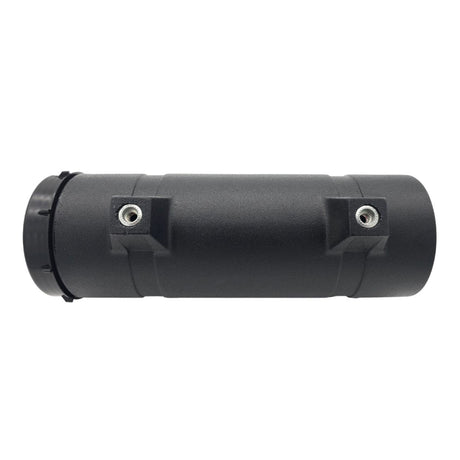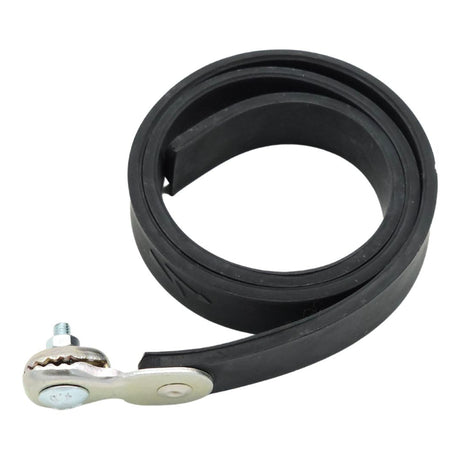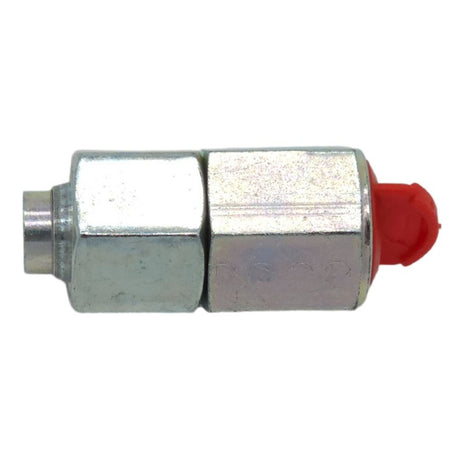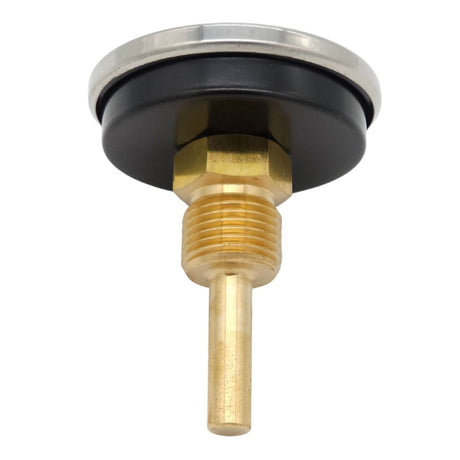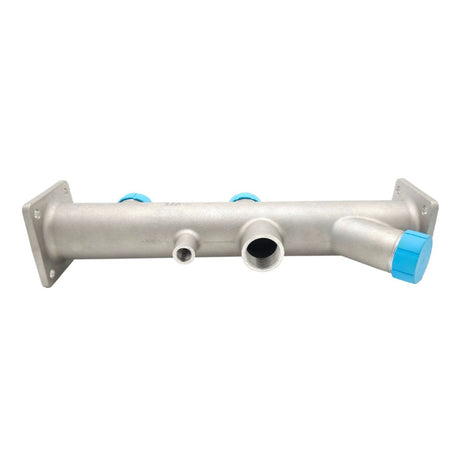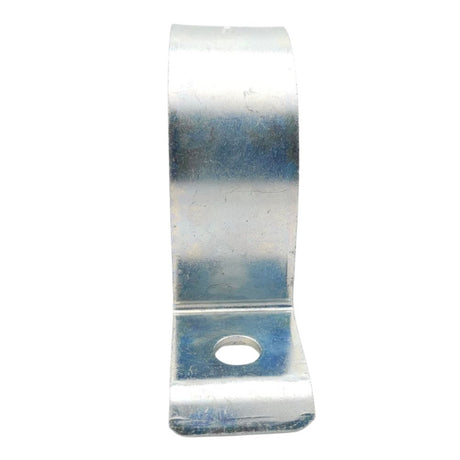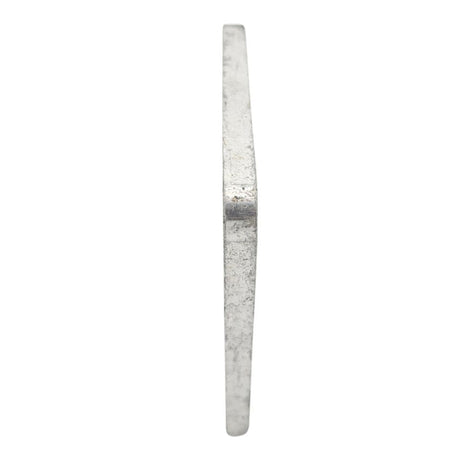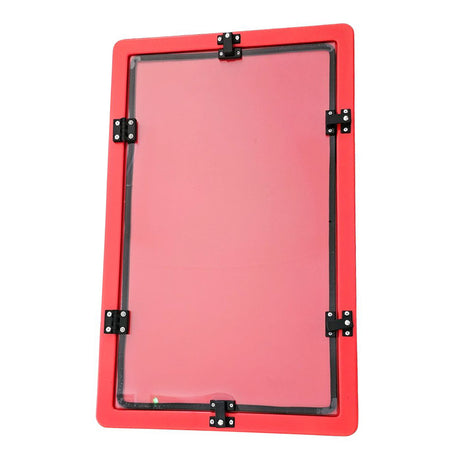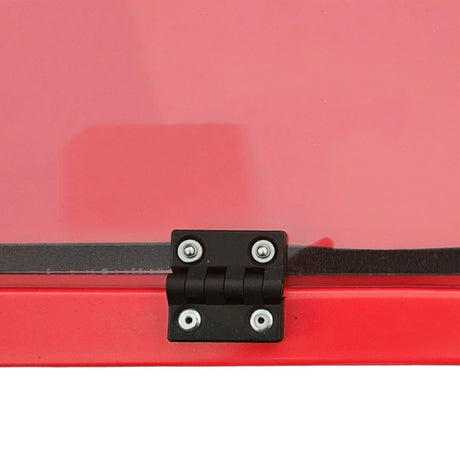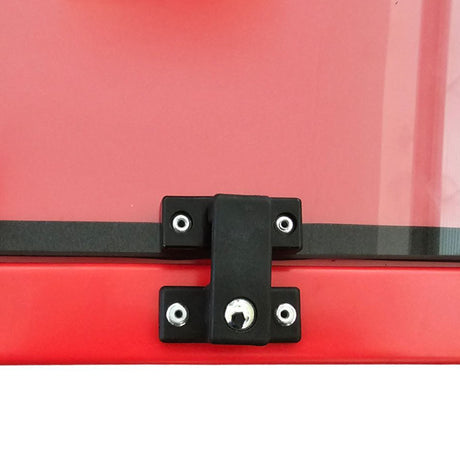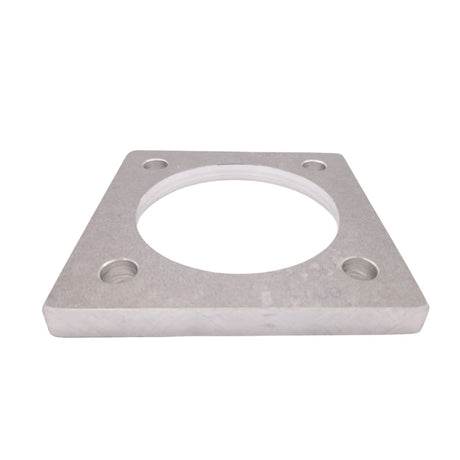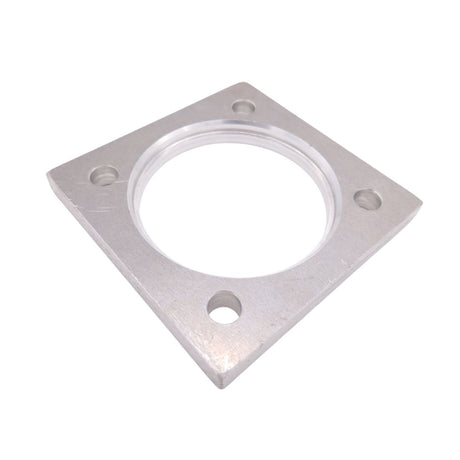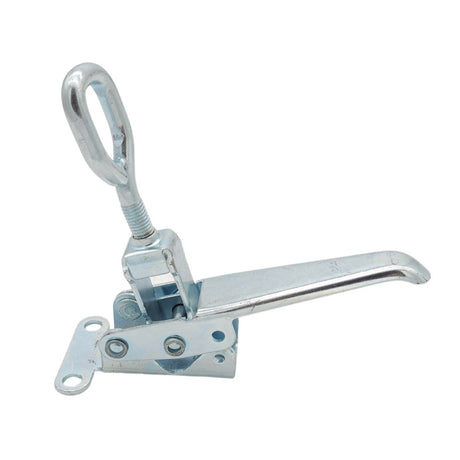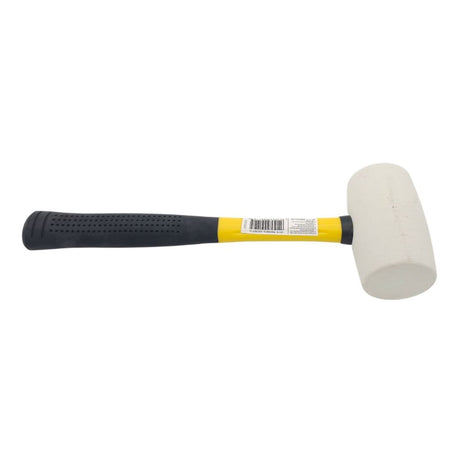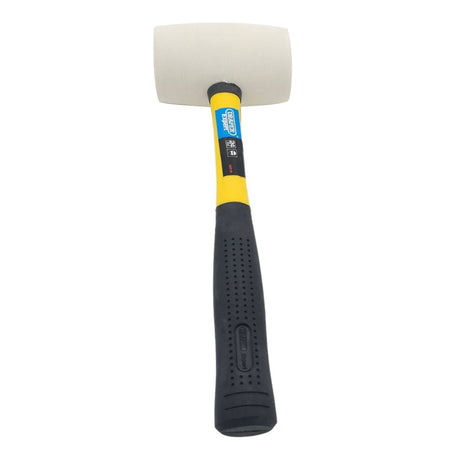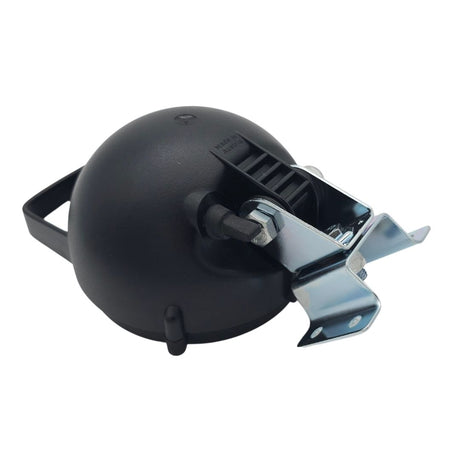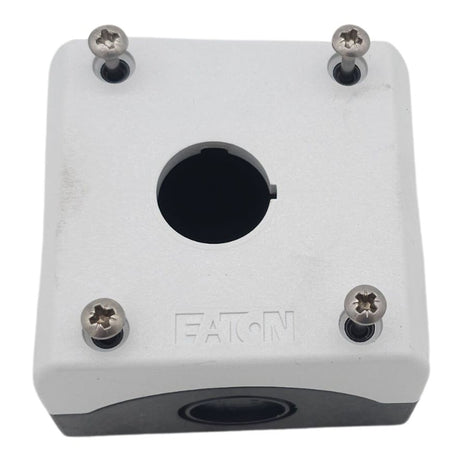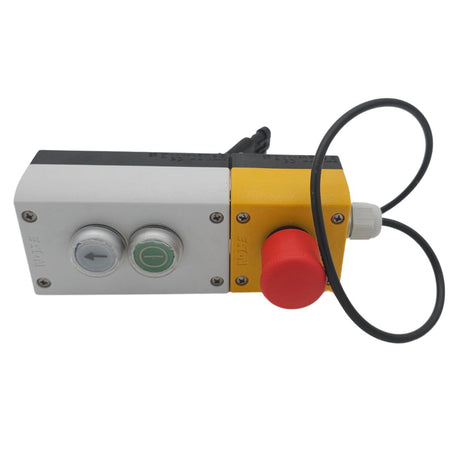Air Manifold 2.5 Inch 1 Port Aluminium
Regular price £0.01Unit price /UnavailableEarthing Reel Manual (Stainless Steel)
Regular price £0.01Unit price /Unavailable- Regular price £0.01Unit price /Unavailable
- Regular price £0.01Unit price /Unavailable
63mm Pressure Gauge 4 Bar Rear Entry 0.25" BSP
Regular price £0.01Unit price /Unavailable- Regular price £0.01Unit price /Unavailable
- Regular price £0.01Unit price /Unavailable
Earthing Reel Auto Return Cable (8m)
Regular price £0.01Unit price /UnavailableSpare Earthing Cable & Clip (15m)
Regular price £0.01Unit price /Unavailable- Regular price £0.01Unit price /Unavailable
- Regular price £0.01Unit price /Unavailable
- Regular price £0.01Unit price /Unavailable
- Regular price £0.01Unit price /Unavailable
- Regular price £0.01Unit price /Unavailable
- Regular price £0.01Unit price /Unavailable
- Regular price £0.01Unit price /Unavailable
- Regular price £0.01Unit price /Unavailable
63mm Weigh Gauge 6 Bar Bottom Entry
Regular price £0.01Unit price /UnavailableGauge Adapter 10L Female to 1/4" Female BSP
Regular price £0.01Unit price /Unavailable90° Elbow Connection Gauge M10
Regular price £0.01Unit price /Unavailable100mm WIKA Pressure Gauge 2.5 Bar Bottom Entry
Regular price £0.01Unit price /Unavailable63mm Temperature Gauges 300°C Rear Entry
Regular price £0.01Unit price /Unavailable63mm Temperature Gauge 300°C Bottom Entry
Regular price £0.01Unit price /Unavailable63mm Temperature Gauge 160°C Rear Entry
Regular price £0.01Unit price /Unavailable63mm Pressure Gauge 11 Bar Back Entry with Backplate
Regular price £0.01Unit price /Unavailable63mm Pressure Gauge 10 Bar 10mm Stem
Regular price £0.01Unit price /Unavailable63mm Pressure Gauge 7 Bar Bottom Entry
Regular price £0.01Unit price /Unavailable63mm Pressure Gauge 4 Bar Bottom Entry 0.5" BSP
Regular price £0.01Unit price /Unavailable63mm Pressure Gauge 4 Bar Rear Entry Flanged 0.25" BSP
Regular price £0.01Unit price /UnavailableAir Manifold With 2 Outlets and Top Air FFB
Regular price £0.01Unit price /UnavailableAir Manifold With 2 Outlets FFB
Regular price £0.01Unit price /Unavailable- Regular price £0.00Unit price /Unavailable
Manifold Square Flange 70mm Centre (Aluminium)
Regular price £0.00Unit price /Unavailable- Regular price £0.00Unit price /Unavailable
- Regular price £0.00Unit price /Unavailable
- Regular price £0.00Unit price /Unavailable
- Regular price £0.00Unit price /Unavailable
Square Manifold Flange 90mm Centre (Aluminium)
Regular price £0.00Unit price /Unavailable- Regular price £0.00Unit price /Unavailable
- Regular price £0.00Unit price /Unavailable
Camozzi 358-900 Manually Operated Lever Valve 5 2
Regular price £0.00Unit price /Unavailable- Regular price £0.00Unit price /Unavailable
Rubber Hammer with Fibreglass Handle
Regular price £0.00Unit price /Unavailable- Regular price £0.00Unit price /Unavailable
Lite-Wire Side Marker Lamp and Bracket
Regular price £0.00Unit price /Unavailable- Regular price £0.00Unit price /Unavailable
- Regular price £0.00Unit price /Unavailable
- Regular price £0.00Unit price /Unavailable



